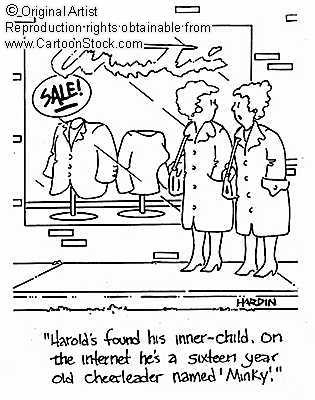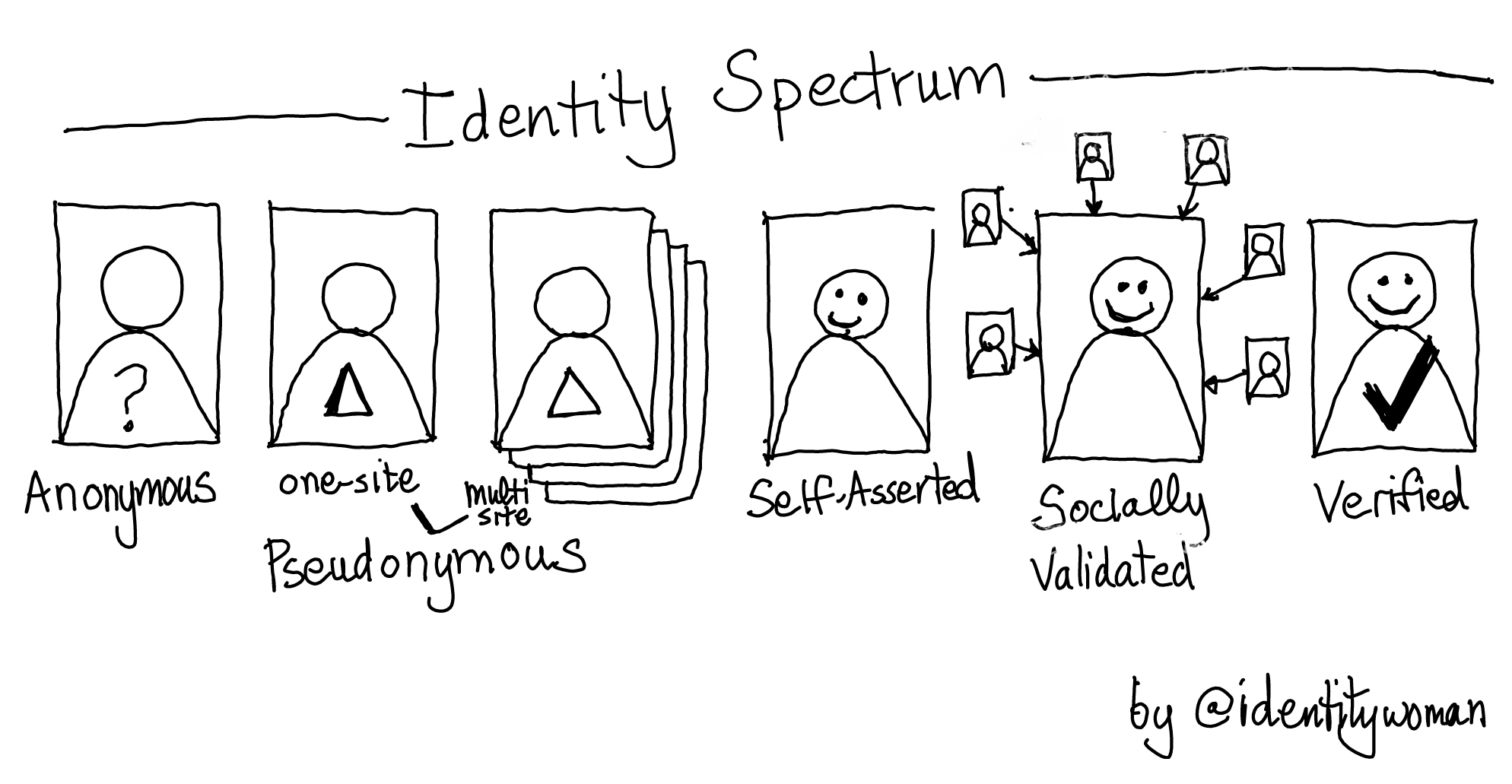David Buckingham. Youth, Identity, Digital Media. Chapter 1 “Introducing Identity.”
Etienne Wenger. Communities of Practice. Chapter 6 “Identity in Practice.”
RICHARD:
BUCKINGHAM–
The Giddens-Foucault binary is especially revealing of talks concerning identity. On one hand there is Giddens who believes in the “choice” of identity. On the other, is Foucault. Michel Foucault, whose theories revolutionized 20th-century thinking (yet is as of late becoming known as being old-fashioned and almost cliche) aligns himself with the idea that people’s identities are shaped by the world they live in. I believe that each scholar has their own merit. As the lines between “identity” and “identification” are perceived to be more blurred, so do these two arguments. Technology seems to serve as the catalyst for self reflection with regard to others.
Buckingham also critiques (overly harsh in my opinion) Erving Goffman’s dramaturgical sense of self. Goffman argues the idea of the situational self. The situational self can be regarded as a person that presents his or herself with regard to the current definition or “rules” of the situation. For example, a person that maintains a job as an elementary school teacher will present in a different way than we they work in a bar on the weekends. In terms of the Internet, the web may be seen as a particular situation that one may choose to identify in a certain way. However, I also believe that the technological methods of information and social transfer are slowly changing the way in which a “base” or “backstage” or “ideal” or “felt” self is constructed.
The ways in which the Internet may or may not affect identity (transcendent- vs. desocialized-technological determination) calls to mind the idea of the medium. What or who is the medium? At this point I’m still not sure if people are or are not.
WENGER–
The biggest point in the Wenger article that stands out is his idea of the “trajectory” of identity as the rest of his ideas align with general sociological teaching. I believe that making the focused distinction that not only does identity form over time (which sociologists agree on), but that it is the cumulative process (including all points along the self-growth timeline) is what separates Wenger’s identity theory. In this way, it aptly reflects a CoP form of tradition: the CoP in-group is formed over time.
CHRIS:
Wenger
Wenger speaks about the community’s ability to speak for us, about our nature, qualifications, knowledge base, etc. This works to our benefit in organizational environments, where membership and participation indicate status and value. In some cases, especially in communities based on a single attribute, the projection of the community stereotype is limiting. Several negative outcomes caused by generalizing based on single/limited communal attributes: racial profiling, use of stereotypes to justify escalating “objectively” determined risk levels–leading to sanctioned violence, and genocide.
Increasing the complexity of the community’s membership positively influences the trajectory of the identificational trajectories. A wider membership, experience-base, knowledge base, and access to resources, [networking] culminates success.
Buckingham
Buckingham’s theories indicate that social progress, mutation, and/or development occurs on a timeline that has departed from chronological realism. Such identity changes are more closely measured by events and experiences.
Our digital facades allow us to explore communities in any way that we choose to approach them, making the experience unique to that digital exploration of self.
KATHERINE:
David Buckingham. Youth, Identity, Digital Media. Chapter 1 “Introducing Identity.”
social identity should be seen not so much as a fixed possession, but as a social process, in which the individual and the social are inextricably related
Individual selfhood is a social phenomenon, but the social world is constituted through the actions of individuals. As such, identity is a fluid, contingent matter—it is something we accomplish practically through our ongoing interactions and negotiations with other people. In this respect, it might be more appropriate to talk about identification rather than identity”
the Internet provides significant opportunities for exploring facets of identity that might previously have been denied or stigmatized, or indeed simply for the sharing of information on such matters. Such arguments presume that media can be used as a means of expressing or even discovering aspects of one’s “true self,” for example, in relation to sexuality.
Yet on the other hand, these media can also be seen to provide powerful opportunities for identity play, for parody and subversion of the kind promoted by queer theory. Here, the emphasis would lie not on honesty and truth, but on the potential for performance and even for deception. Sherry Turkle’s discussion of the fluidity of online identities—for example, in the form of “gender bending” in Internet communities—provides one well-known (and much debated) instance of this kind of approach.
Technological determinism – from this perspective, technology is seen to emerge from a neutral process of scientific research and development, rather than from the interplay of complex social, economic, and political forces.
Wenger. Communities of Practice. Chapter 6 “Identity in Practice.”
Identity as negotiated experience. We define who we are by the ways we experience ourselves through participation as well as by the ways we and other reify ourselves.
Identity as community membership. We define who we are by the familiar and the unfamiliar.
Identity as learning trajectory. We define who we are by where we have been and where we are going.
Identity as nexus of multimembership. We define who we are by the ways we reconcile our various forms of membership into one identity.
Identity as a relation between the local and the global. We define who we are by negotiating local ways of belonging to broader constellations and of manifesting broader styles and discourses.
JAY:
Buckingham and Wenger coincided in their discussions on identity in several ways. Both authors emphasized that identity is neither static nor steady; instead, they describe how it is a “state of becoming,” and that the process of “identification” is going on all the time. Wenger and Buckingham discuss several perspectives on identity in the modern era, and how identities are perceived and projected in digital realms. One of Buckingham’s most compelling arguments is that he juxtaposes common concepts of identity politics (focused on gender, ethnicity, age, etc.), with the way digital technology and the web function as tools for people to create constantly changing projections of their identities through content production online. In his discussion he contrasts the fluid expressions of identity through social media with fixed ideas of identity that characterize certain aspects of traditional identity politics mentioned above. Buckingham suggests the term “identification” as a possible replacement of “identity,” to emphasize the dynamic process that is involved in the way people are constantly defining themselves in different ways. Wenger contributes to this discussion on identity by describing several specific ways that people participate in the procession of “identification.” He says that identity is “lived” through “participation and reification,” and that a person’s perception of self is in a constant process of “negotiation;” this process is not reserved only for adolescence. Wenger emphasizes that identity is also lived out in community, and we understand ourselves through the “familiarity that we experience in certain social contexts.” He goes on to say that our identity is the result of a “nexus” of interlocking contexts and our ability to function “across boundaries of practice.” According to Wenger all of this “identification” takes place both locally and globally.
One of the most interesting parts of these readings for me was the paradoxical etymology of the word identity which Buckingham described in the opening of his chapter. From its roots, the word identity describes both sameness and difference at once. On one hand, our identity is something that indicates who we are and defines us (somewhat consistently) by setting us apart, but at the same time our identity is also defined by who we are connected to. As the Spanish proverb says: “Tell me who you hang with and I’ll tell you who you are.” “Dime con quien andas, y te dire quien eres.”


